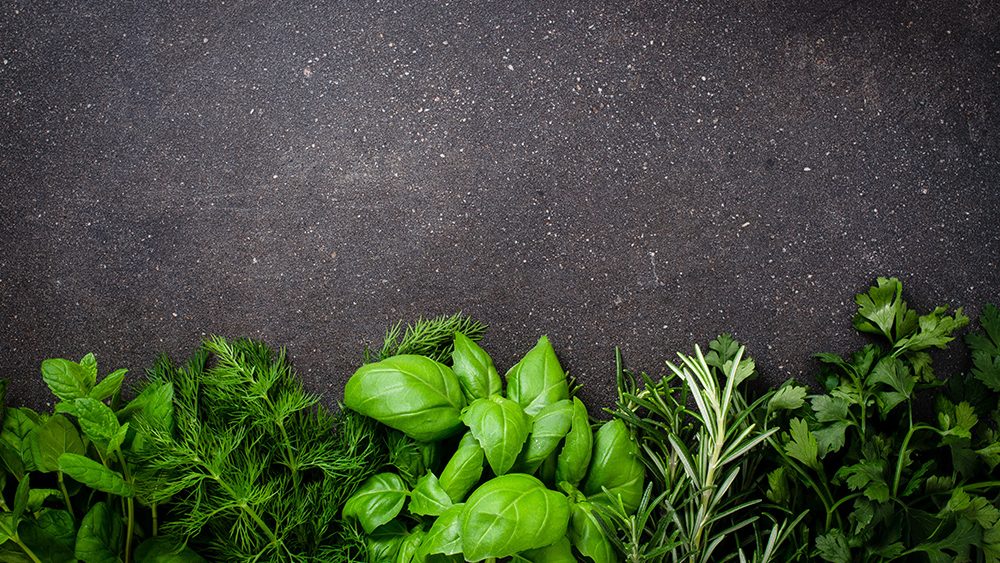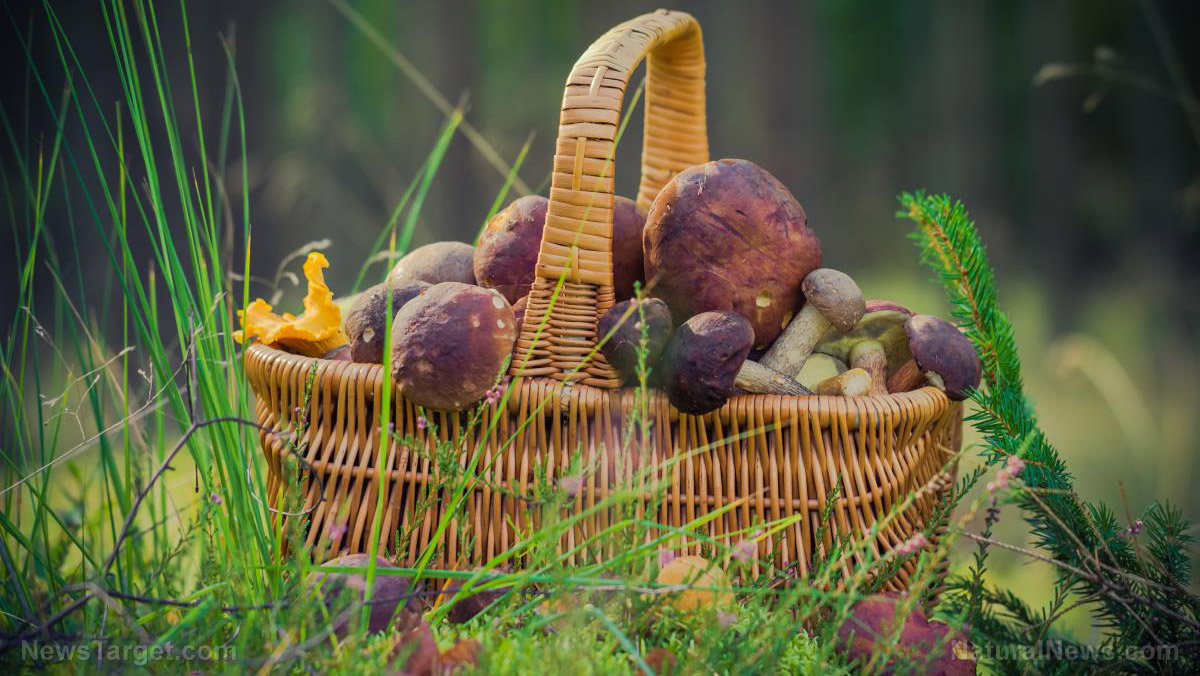
Advertisement
One of the fun things about an indoor garden is its convenience: You don’t have to go out of the house to get all your “plant-y” needs. This is also the reason why it’s gaining ground as a popular hobby, even among newbies – who has the time to go out and buy an herb which most supermarkets probably won’t have?
In most cases, people with their own herb garden have them for culinary reasons. Not only can you elevate many dishes with the right herbs, but you also infuse your food with the herb’s amazing health benefits.
However, other people tend to look at growing plants that have much different use: medicinal herbs. By growing medicinal herbs indoors, you’re ensuring a constant supply of healthy greens all throughout the year.
Home is where the garden is
Beyond its use in various dishes to enhance their flavors, herbs can also be used to treat minor illnesses, like an itchy rash or mild cough. Growing them indoors is a sure way that you have the right herb ready for the right illness – all within the comfort of your own home.
These herbs below are just a few medicinal plants that anyone can grow inside their house (as well as tips on how to plant them).
Tarragon
This herb is rich in phytonutrients that help the body in many ways. Fresh tarragon also has one of the highest antioxidant values among common herbs.
- Tarragon seeds should be planted in a lightweight and moist potting soil.
- When planted, the seeds should be covered by a paper towel or cloth to simulate low light conditions until the seeds have sprouted.
- You can transfer the seedlings to their own pots once they have grown at least two inches tall.
Thyme
Thyme is, by far, one of the easiest herbs to grow indoors. While it’s commonly used in plenty of dishes, thyme contains antiseptic and antibacterial compounds.
- It grows best under full sun in soil with a pH balance of 6.5 to 7.0.
- This plant requires a steady supply of water but be careful not to over-water it.
- Using lightweight and well-drained potting soil is recommended.
Ginger
The well-known spice is packed with nutrients that provide powerful benefits to your body and brain. It also contains a compound called gingerol, which accounts for ginger’s potent antioxidant and anti-inflammatory properties.
- Soak ginger root pieces for eight to 12 hours before planting.
- The ginger root grows horizontally so you would need a wide pot full of compost-rich potting soil.
- Plant the root one to two inches deep with the eye pointing towards the soil surface.
- Keep the soil moist but do not overwater.
- Ginger should also not be under a lot of sunlight but should still have enough heat to stay warm throughout the growing period.
- The sprouts should become visible in 14 to 21 days but it takes several months before the ginger root can be harvested.
Dwarf Moringa Tree
Every part of this tree is edible and packed with a variety of medicinal properties. Dubbed as “The Tree of Life” or “Miracle Tree,” it is rich in antioxidants and nutrients that help protect the liver, fight inflammation and lower cholesterol. Moringa trees are native to India, but you can grow the dwarf variant of this tree in the comfort of your own home.
- You can plant up to eight moringa seeds in a container before transplanting them into their own respective containers.
- Throughout its lifespan, you can snip off leaves to be used for medicinal purposes without hurting the growth of the tree.
- If the leaves start to turn yellow, you can add magnesium to the dirt using eggshells or oyster shells.
- These trees do not grow well in overly-moist soil. Because of this, having a container with proper drainage is mandatory.
Turmeric
Turmeric has been around for a long time, both as a spice and a medicinal herb. It contains a compound called curcumin, which is a strong antioxidant with powerful anti-inflammatory effects. Studies have shown that curcumin hosts a variety of other health benefits, like improving brain function and protecting it from disease.
- Purchase root cuttings. One turmeric root should be enough to grow several new cuttings.
- Be generous when it comes to pot size. The larger the pot, the bigger and stronger the turmeric. Plant the cuttings in moistened potting soil.
- This spice thrives in full sun conditions but will still grow even below grow light levels. During the late spring and summer, it is recommended to move the container near windows so the cuttings can absorb all the sunlight they need.
- Turmeric should be watered every two days to ensure moisture while under the sun or artificial grow lights. Misting the spice between waterings can also help prevent the soil from drying up. However, be careful not to over-moisten the soil. This will cause the turmeric to rot.
- It takes about eight to ten months for turmeric to mature. You can harvest the roots one by one but remember to save some to plant more turmeric. Also, keep in mind to replace the nutrient-drained soil when replanting.
Echinacea
This plant is known to boost the immune system and fight off infection. You can even brew it into a tea to get relief from symptoms of the common cold and flu.
- While these plants don’t need a lot of water, be sure to prevent the soil from drying out.
- Echinacea grows best under full sunlight in nutrient-rich soil.
- If you ever need to move your echinacea container outside, remember that they can survive a little frost.
- Echinacea takes 90 to 120 days to mature and can grow to about 48 inches tall.
Peppermint
This herb is great for the respiratory system, on account of its ability to treat coughs, colds, asthma, allergies and tuberculosis. Additionally, peppermint’s antiseptic properties can help get rid of toothaches.
- This sweet herb should be planted in an area that offers light sun and partial shade. It also grows best in lightweight, moist potting soil.
- If you’re planting more than one peppermint plant, you should space them 18 to 24 inches apart.
- While partial exposure to the sun is enough to grow peppermint, others prefer leaving them in full sunlight to increase the potency of its oils and medicinal qualities.
Garlic
Garlic is considered by many as a natural “wonder drug,” thanks to compounds that exhibit potent medicinal properties. Some of the health benefits it provides include regulating blood pressure and lowering heart disease risk.
- If you must plant multiple garlic cloves in the same container, you need to space them one to two inches apart from each other.
- The narrowest part of the clove, also known as the root side, must be placed down in the dirt first.
- The cloves must be planted four to six inches deep in compost-rich potting soil.
Whether you use a herb garden for cooking or medicinal purposes, there’s always something exciting about growing your own herbs. Starting your own herb garden can be a fun — and cheap —way to have fresh herbs all year round.
Sources:
Advertisements







